The Consumer Reports membership website business model: When a magazine is not a magazine
A library website business model allows paid subscribers continued access to a library of content that is updated constantly with new information.
Library membership websites are the online replacement for printed reference books, print directories, catalogues, and loose-leaf binders that used to be updated quarterly or annually. For a library membership website, however, the flow of new and updated information is constant. The paid subscriber can search or browse through the library of data to access the information or listings and find answers to questions. Library sites for consumers can cost as little as $20-$30. For B2B reference sites, the subscription can cost hundreds or thousands of dollars.
The minimum information unit (MIU) of a library membership website may be an article or a book, report, document, lesson, or episode. It could be something as small as a baseball card factoid or as comprehensive as a training video. While simple sites may rely solely on HTML and PDF files, more robust sites also incorporate still photos, audio, and video into the MIU.
[text_ad]
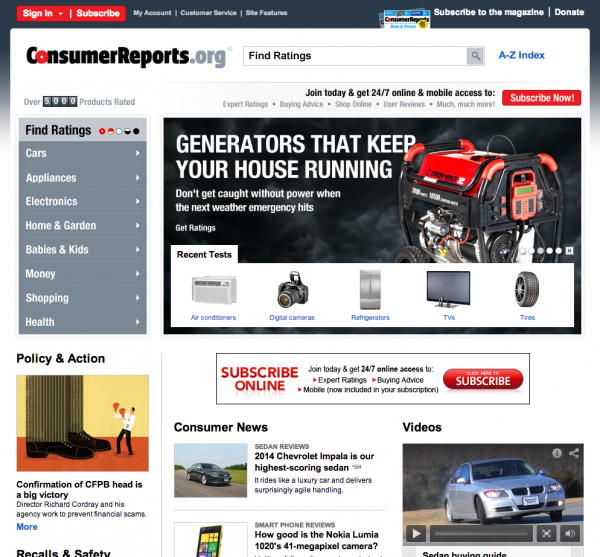
Consumer Reports is an immensely popular magazine and has been for decades. And I can’t imagine any adult in the U.S. who doesn’t know exactly what it does, even what it looks like – whether they’ve ever been a subscriber or not.
And yet, when it came time to go online, Consumer Reports didn’t create a magazine subscription website.
Contrary to common belief, the Consumer Reports website is actually a library website.
And because it’s digital, the information is updated any time there are new details. The paid subscriber—and, for the B2B audience, the subscription can cost hundreds or thousands of dollars—can search or browse through the library of data to access the information or listings and find answers to questions.
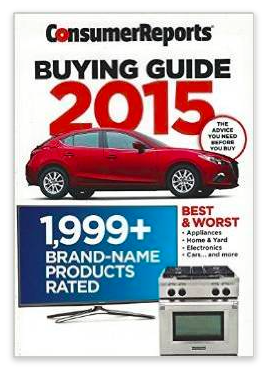 In the case of Consumer Reports, it’s not the well-known magazine that’s available at the website. The website content is actually more closely related to the almost-as-famous Buying Guide print product that the magazine has been giving away as a premium with subscriptions for decades.
In the case of Consumer Reports, it’s not the well-known magazine that’s available at the website. The website content is actually more closely related to the almost-as-famous Buying Guide print product that the magazine has been giving away as a premium with subscriptions for decades.
Characteristics of a library website business model
Who pays: The library site requires users to pay for access. A library website can also sell sponsorship advertising, which we at Mequoda refer to as SEA (Scarcity, Exclusivity, Alignment).
MIU: The minimum information unit of a library membership website may be an article, book, report, document, lesson, or episode. It could be something as small as a baseball card factoid or as comprehensive as a training video. While simple sites may rely solely on HTML and PDF files, more robust sites also incorporate still photos, audio, and video into the MIU.
User-generated content: Almost none. Consumer Reports has lively comment sections on their reviews made by users who have something to say about those products − or even about CR’s review − but that’s an exception.
Number of authors: There are many different authors on a library website.
Taxonomy: A library site is organized around subject matter.
Home page: The home page of a library site is focused on what’s popular with users, rather than what’s new, as less user-oriented sites such as magazine and newsletter models are.
Library website business model: Consumer Reports
At ConsumerReports.com, the MIU is an article, which usually includes product ratings, reviews, specifications, comparisons, and buying advice.
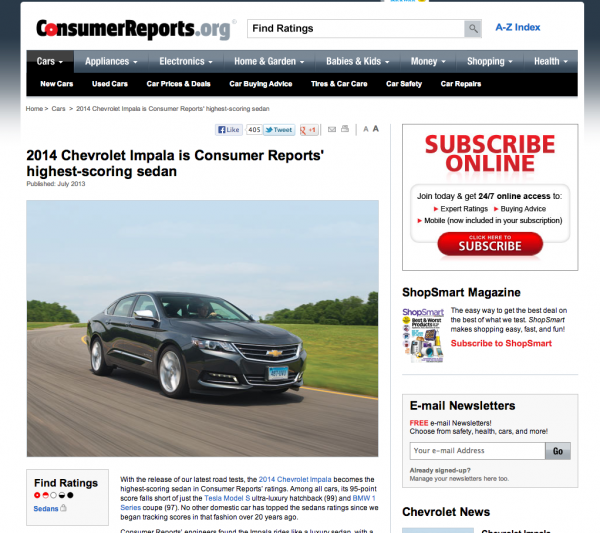
A user will visit the site to gain momentary knowledge on one or two products. ConsumerReports.com is used by subscribers an average of 2.7 times per year – just like the Buying Guide.
Why isn’t this just your typical magazine or periodical website? Because magazines are used for 50-60 minutes per issue, throughout the course of a year. Magazine subscribers are gaining ongoing mastery of their subject.
[text_ad]
Library website business model: HR.BLR.com
Business & Legal Resources offers six different B2B library websites at its portal, BLR.com. The oldest of these, HR.BLR.com, for human resources professionals, offers an exemplary mentor site for the B2B publisher.
It features a clean, business-like design on the home page, where users can search the library for a vast range of MIUs, including documents, checklists, forms, job descriptions, letters, policies, PowerPoints, surveys and more. Users can also check out what’s new in HR news, take a site tour, and read about the company’s custom solutions.
There are also tabs for tools, such as an employee newsletter wizard, a salary benchmark center, and for training videos. Once the user searches or browses for the topic and type of product she wants, an access challenge page appears with an excerpt from the material plus a brief promotional effort for becoming a subscriber. None of the thousands of products are available individually: A free trial is offered, but users must subscribe to gain access.
Like Consumer Reports, there are premium books and newsletters in the background of BLR’s library websites that actually started it all. Magazine and newsletter publishers have plenty of content and domain expertise at their disposal, and a library website might just be an excellent new revenue stream to consider.
If you’re a magazine publisher, do you think a library website might make a good addition to your operation? Do you subscribe to any reference websites, and find them good value for the money? Let me know in the comments.
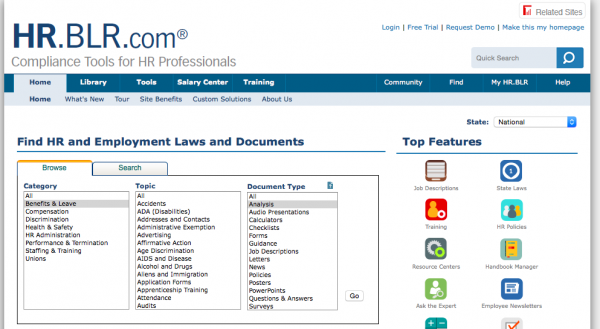
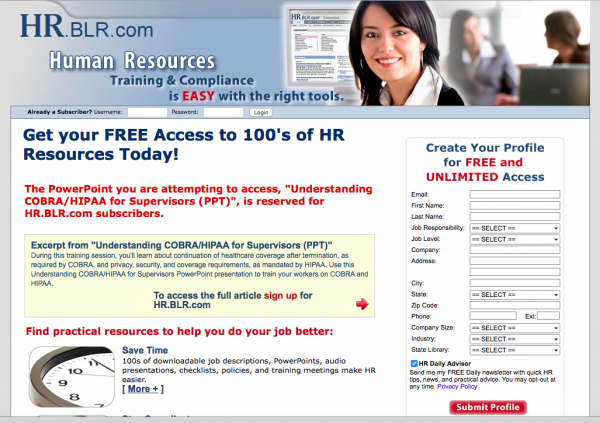



Install the apk documents from over based on your gadget running system after that comply with the listed below offer assistance detailed.